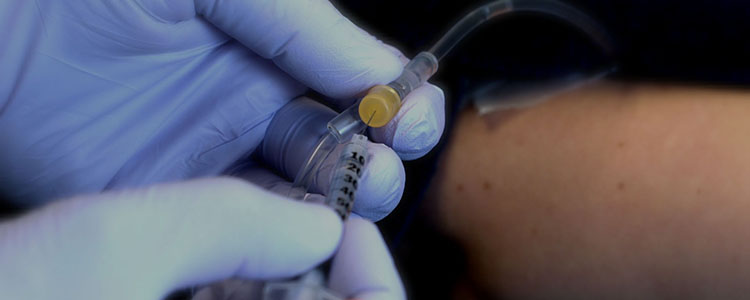
What is Sedation
The term “conscious sedation” was widely used in the past, but the terminology “procedural sedation and analgesia” (PSA) has become the term of choice in recent years. This refers to a combination of medications used to help you relax (a sedative) and block pain (an anesthetic) during a medical or dental procedure. You remain conscious but will be completely relaxed and pain free.
According to the American Society of Anaesthesiologists Task Force on Sedation and Analgesia by Non-Anaesthesiologists, there are two primary goals of appropriate PSA:
- To provide relief of anxiety and discomfort while patients undergo painful procedures
- To facilitate procedures in adults and children for procedures that may not be particularly painful, but require that they do not move
More specifically, this service is aimed at:
- People who get very anxious during medical procedure
- Anybody that has a very low pain threshold and requires a medical procedure
- Children who have experienced trauma
- Procedures that can cause pain, but don’t always qualify for General Anaesthesia, including:
- Long dental procedures
- Multiple dental procedures that need to be performed simultaneously
- Periodontal procedures
- Gastroscopy
- Colonoscopy (other Gastroenterologist procedures includes ERCP)
- Dermatological Laser Therapy
- Plastic and Reconstructive Surgery
- Trauma and Emergency Surgery
- Gynaecological Procedures
